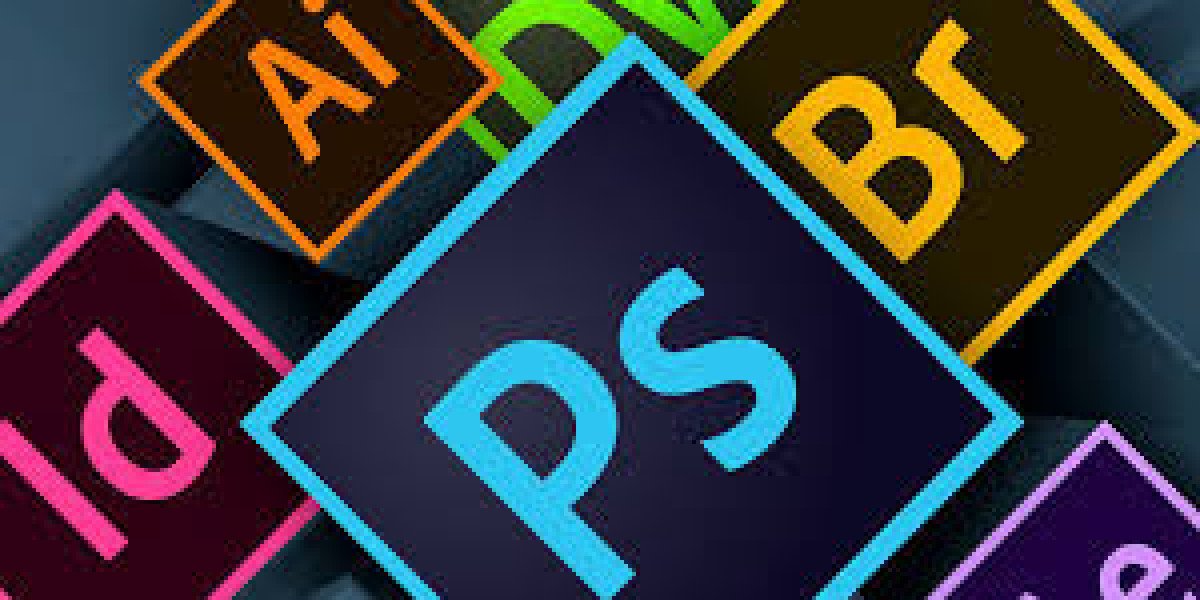Introduction to Color Psychology in Graphic Design
What is colour psychology?
Colour psychology explores how colours influence human behaviour, emotions, and perceptions. It delves into the subconscious associations people have with different colours and how these associations can be leveraged in various contexts, including design.
Importance of colour in graphic design
Colour is one of the fundamental elements of graphic design, alongside typography, layout, and imagery. It plays a crucial role in attracting attention, establishing visual hierarchy, and communicating brand identity.
Understanding Color Associations
Cultural influences on colour perception
Different cultures attribute varying meanings to colours. For example, while white symbolizes purity and weddings in Western cultures, it signifies mourning in some Asian cultures. Graphic designers must consider these cultural nuances when choosing colours for global audiences.
Psychological effects of different colours
Colours can elicit specific emotional responses. For instance, red is often associated with passion and energy, while blue evokes feelings of calmness and trust. By understanding these psychological effects, designers can tailor their colour choices to evoke desired emotions in viewers.
Impact of Color in Branding
How brands utilize colour psychology
Brands strategically select colors to evoke specific feelings and perceptions associated with their products or services. For instance, fast-food chains often use red and yellow to stimulate appetite and convey a sense of urgency.
Examples of successful branding through colour choice
Companies like Coca-Cola (red), Starbucks (green), and IBM (blue) have successfully established strong brand identities through consistent and strategic use of color. These brands have effectively leveraged colour psychology to connect with their target audiences.
Emotional Responses to Colours
Colours and their emotional associations
Various colors evoke distinct emotions and moods. For example, yellow is often associated with happiness and optimism, while black can convey sophistication and mystery. Designers can tap into these emotional responses to create impactful visuals.
How graphic designers leverage these emotional responses
Graphic designers use colour strategically to evoke specific emotional responses in viewers. Whether aiming to inspire trust, create excitement, or foster tranquility, colour plays a pivotal role in eliciting the desired reaction from the audience.
Are you looking For Best Graphic Design Institute in Delhi? Contact Tgc India For More Information
Creating Visual Hierarchy with Color
Using colour to guide attention
Colour can be used to establish a visual hierarchy within a design, guiding viewers' attention to key elements such as headlines, calls to action, or focal points. By employing contrasting colors or gradients, designers can draw focus to important content.
Establishing a focal point in design
Bold or contrasting colors can serve as focal points within a design, drawing viewers' eyes to specific areas of interest. Whether highlighting a product, logo, or important message, strategically placed colour can enhance visual impact and engagement.
Colour Contrast and Accessibility
Ensuring readability for all users
Accessible design considers the needs of all users, including those with visual impairments. Designers must carefully select colour combinations to ensure sufficient contrast for readability, complying with accessibility standards such as the Web Content Accessibility Guidelines (WCAG).
Techniques for improving accessibility through colour choices
Designers can enhance accessibility by incorporating techniques such as using high-contrast colour schemes, avoiding colour combinations that may cause eye strain, and providing alternative text for colour-coded information. Prioritizing accessibility ensures inclusivity and improves user experience.
Trends in Color Usage
Current trends in graphic design colour palettes
Design trends evolve over time, influencing colour choices in graphic design course in delhi. From vibrant neons to muted pastels, designers draw inspiration from contemporary aesthetics and cultural movements to create visually appealing and relevant designs.
Predictions for future colour trends
Anticipating future colour trends requires an understanding of societal shifts, technological advancements, and cultural influences. Designers forecast upcoming colour palettes based on emerging preferences, industry developments, and broader cultural phenomena.
Tools for Implementing Color Psychology
Software and resources for colour selection
Numerous tools and resources are available to assist designers in choosing colors that align with their intended psychological effects. From colour palette generators to psychology-based colour guides, these resources streamline the colour selection process and facilitate informed design decisions.
Tips for incorporating colour psychology into design workflow
Integrating colour psychology into the design workflow involves considering colour early in the creative process, conducting research on target demographics and cultural contexts, and testing colour combinations for effectiveness and accessibility. By making colour a deliberate and strategic aspect of design, designers can maximise its impact on viewers.
Conclusion
Colour psychology plays a pivotal role in graphic design, influencing how viewers perceive and interact with visual content. By understanding the psychological and emotional effects of different colors, designers can create engaging, memorable, and impactful designs that resonate with audiences on a profound level.







